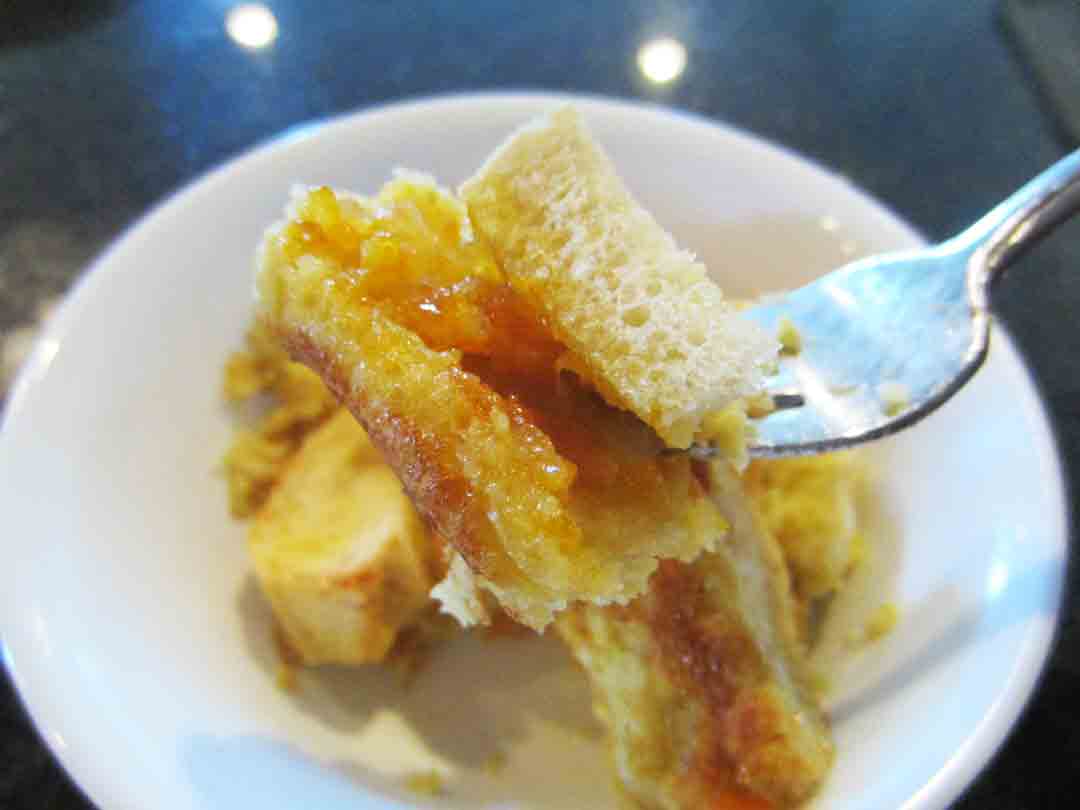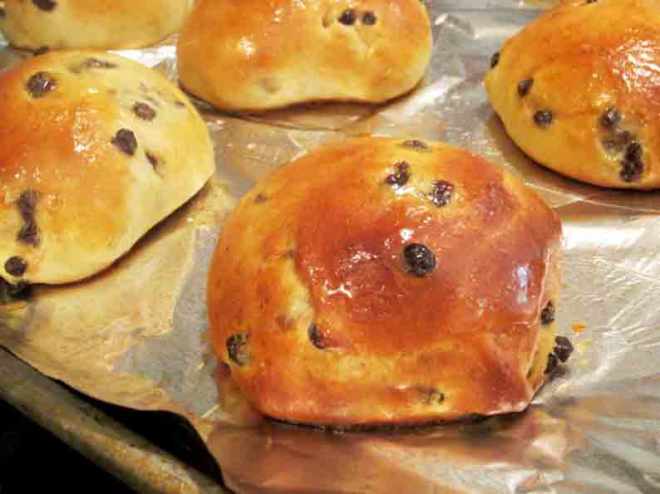
I was definitely a fan of Laura Ingalls Wilder’s Little House series as a child. Wasn’t everyone? Okay, perhaps not, but I enjoyed the descriptions of the day-to-day life (however fictionalized), and one of the food descriptions that stayed with me was in the third book, On the Banks of Plum Creek, where Ma fries up a batch of “vanity cakes” for Laura’s birthday party.
She made them with beaten eggs and white flour. She dropped them into a kettle of sizzling fat. Each one came up bobbing, and floated till it turned itself over, lifting up its honey-brown, puffy bottom. Then it swelled underneath till it was round, and Ma lifted it out with a fork. She put every one of those cakes in the cupboard. They were for the party.
The cakes were not sweet, but they were rich and crisp, and hollow inside. Each one was like a great bubble. The crisp bits of it melted on the tongue.
They ate and ate of those vanity cakes. They said they had never tasted anything so good, and they asked Ma what they were.
“Vanity cakes,” said Ma. “Because they are all puffed up, like vanity, with nothing solid inside.”
As a kid I could picture these exactly– they’d be crispy and thin and about the size of a large plum, with a golden brown outside that shattered when bitten into, and maybe just a faint hint of chew on the inside. They sounded really delicious, and I wished I could try them.
The Little House Cookbook apparently has a very basic recipe for these, but every single one of the online reviews for the recipe states that the cakes just don’t puff up that much– they’re dense and eggy, not crispy, and certainly not hollow inside. This didn’t sound right at all, so I had to think of some other way to achieve the effect. Then I thought of choux pastry.
Continue reading →










